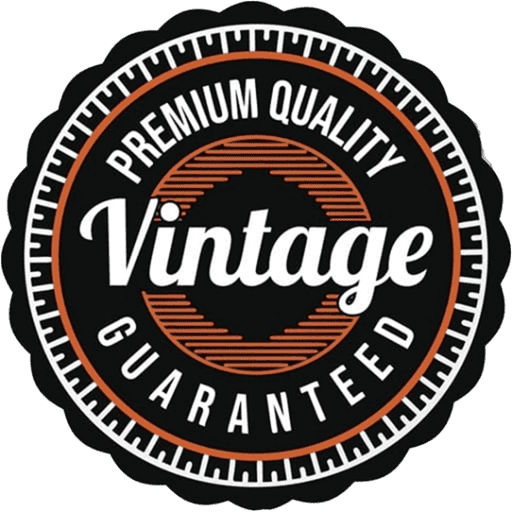Start by choosing garments that reflect specific decades, such as flapper dresses from the 1920s or pencil skirts from the 1950s. Pay attention to fabrics, patterns, and silhouettes characteristic of each era, ensuring your outfit captures its unique charm.
Opt for accessories that complement your vintage ensemble. Think pearl necklaces, headbands, gloves, and classic handbags. These details instantly elevate your look and add authentic touches that convey the period accurately.
Incorporate appropriate footwear such as Mary Janes, Oxfords, or vintage-inspired heels, matching the style and era. Maintaining consistency across clothing and accessories helps create a cohesive vintage appearance that respects each period’s nuances.
When selecting colors, focus on hues popular during the targeted era–think pastel shades for the 1950s or bold, contrasting colors for the 1960s. Balancing these choices with your overall outfit enhances the authenticity without overwhelming the look.
Pay close attention to fit and tailoring. Vintage styles often feature specific cuts, such as cinched waists or A-line skirts. Ensuring your clothing fits well emphasizes the period’s silhouettes and simplifies achieving an accurate vintage presentation.
How to Identify Signature Features of Different Vintage Fashion Eras and Incorporate Them into Modern Outfits
Focus on specific silhouette shapes characteristic of each era. For example, the 1920s flapper dresses feature straight, drop-waist designs with embellishments like beads and fringe. The 1950s emphasize cinched waists and full skirts, often with petticoats, creating an hourglass figure. Recognize the boxy, utilitarian look of the 1980s with strong shoulders and bold colors. Incorporate these shapes by choosing modern pieces that mimic the original silhouettes to add a vintage touch to contemporary styles.
Look for distinctive fabrics and patterns associated with each period. Art Deco patterns and geometric motifs define the 1920s, while polka dots, gingham checks, and floral prints are common in the 1950s. The 1970s popularized psychedelic prints and velvets, whereas the 1990s embraced grunge fabrics like flannel and distressed denim. Use accessories or clothing items with these prints and textures to evoke vintage flair in current outfits.
Pay attention to unique garment details that mark specific eras. The 1940s often featured padded shoulders, tapered waists, and wartime-inspired details like utility pockets. The 1960s introduced mod elements such as mini skirts, go-go boots, and bold color blocking. The 1930s showcased bias-cut dresses and elegant draping. Adding vintage-inspired buttons, collars, or trims, or selecting clothing with era-specific cuts can seamlessly blend vintage features into modern ensembles.
Identify era-specific accessories. For the 1920s, include cloche hats, long pearl necklaces, and T-strap shoes. In the 1950s, look for cat-eye glasses, scarfs, and swing handbags. The 1970s favor wide-brim hats, platform shoes, and large belt buckles, while the 1980s emphasize oversized earrings and statement jewelry. Integrate these accessory styles to highlight vintage influences within your daily wardrobe.
Balance vintage elements with modern pieces by layering or pairing them with contemporary basics. For example, combine a vintage-inspired blouse with high-waisted jeans for a casual look, or wear a 1950s full skirt with a simple T-shirt to create a retro-modern balance. Mixing eras intentionally keeps outfits fresh and allows vintage features to stand out without overwhelming overall style.
Stay attentive to details like lapel styles, sleeve cuts, and hemlines when selecting vintage pieces. A trumpet sleeve from the 1970s or a peplum waist from the 1940s can add authentic vintage charm. Adjust or tailor vintage items to fit modern proportions, ensuring comfort and natural movement while maintaining their signature features.
What Are Practical Tips for Accessorizing and Pairing Vintage Dresses to Achieve Authentic Look
Opt for jewelry pieces that reflect the era of your dress. For vintage styles from the 1920s, choose long pearl necklaces or art deco brooches. Dresses from the 1950s benefit from statement earrings, cinched waist belts, and delicate gloves. Avoid modern jewelry styles that clash with the period’s aesthetic.
Choosing the Right Accessories
Select accessories with authentic materials and finishes. Look for pieces crafted from bakelite, acrylic, or metal with patina. Avoid plastic or overly shiny costume jewelry that didn’t exist in previous decades. Shoes should match the era–a pair of classic leather pumps suits 1940s styles, while T-strap shoes complement 1930s dresses. Use vintage-inspired handbags with clasps or embroidery to add finishing touches.
Pairing Tips for a Cohesive Look
Balance your outfit by matching your dress’s silhouette with complementary accessories. For fitted dresses, experiment with chunky belts or layered pearls. If the dress features bold patterns, keep jewelry subtle to avoid overwhelming your look. When pairing prints, select accessories in solid, muted tones. Consider hairstyles that match the period; victory rolls for the 1940s or soft curls for the 1950s. Keep makeup understated or classic, emphasizing natural tones with a pop of red lipstick to honor authentic styles.
Combine vintage dresses with accessories that emphasize their unique character. Focus on quality pieces and thoughtful pairings, avoiding modern trends that disrupt the time-specific feel. Consistent attention to details creates a convincing, timeless vintage appearance.
